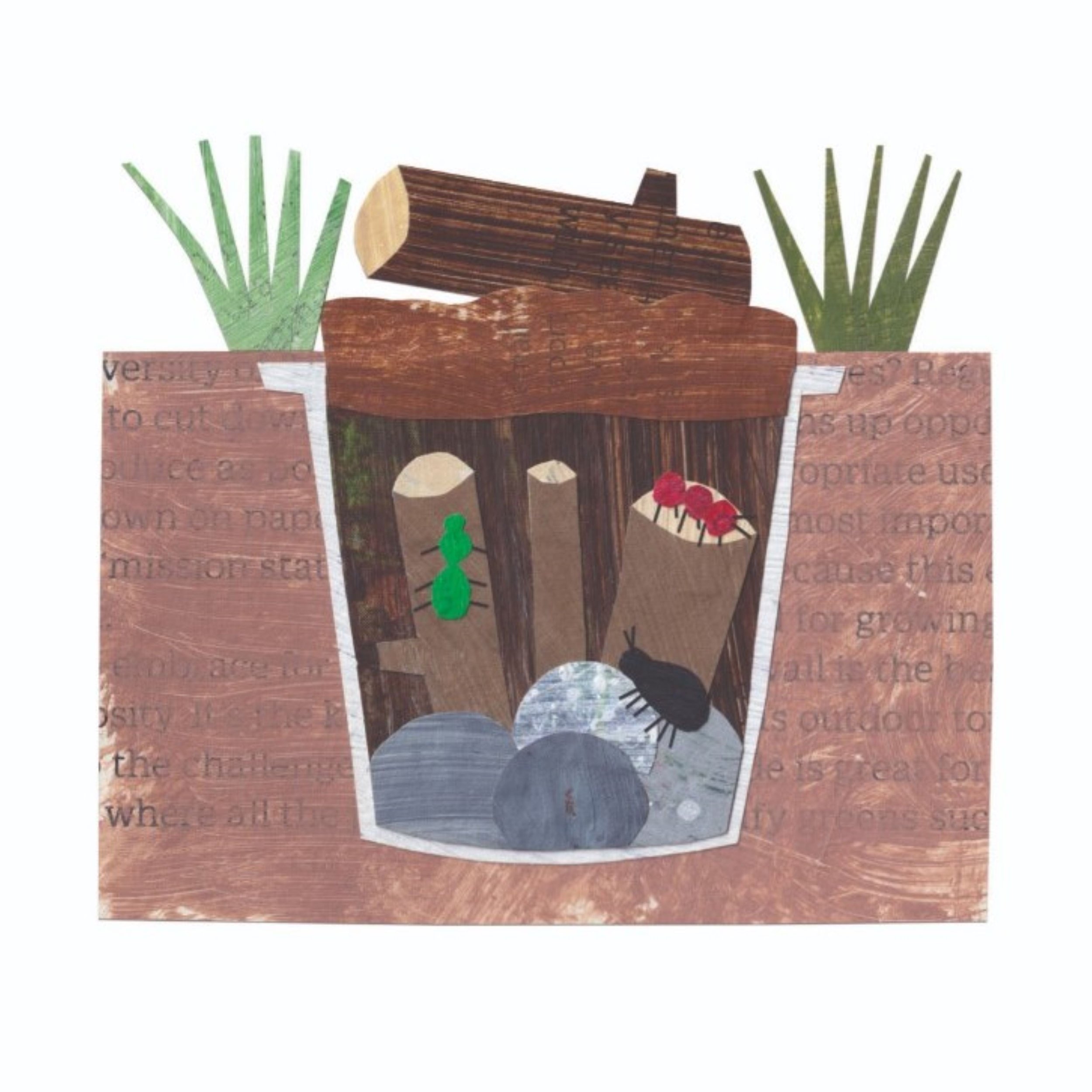This simple back garden project means you can offer a safe haven for beetles and other bugs
You’ll need: a plastic bucket, a drill, a spade, some logs or branches (shorter than the bucket), stones of varying sizes, bark chippings, leaves.
Drill holes of different sizes (for different beetles) in the sides and bottom of your bucket.
Dig a hole slightly bigger than your bucket and a couple of inches deeper.
Place the bucket in the hole and put some stones in the bottom, then carefully place the branches or logs in, in an upright position.
Use more stones, bark chippings and leaves to fill the rest of the space and cover with some of the soil you removed when digging the hole.
Wait for your six-legged guests to move in.
This project is taken from our August Almanac pages, by Iona Bower, where you’ll find seasonal things to note and notice, plan and do each month.

















